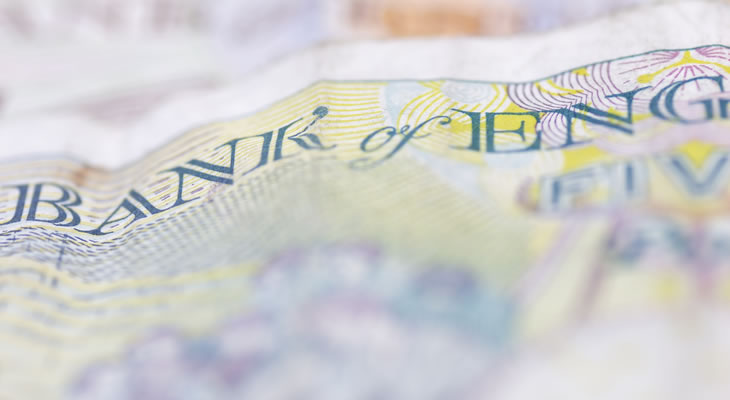Friday’s European session saw the publication of Britain’s January retail sales results.
Retail sales slowed from 4.1% to 1.5% year-on-year in January. Not only did it miss the projected 3.4%, the previous figure was revised down from 4.3% to 4.1%.
Monthly retail sales movement also disappointed forecasts. December retail sales were revised from -1.9% to -2.1%. January’s came in with another contraction of -0.3% and missed the expected 0.9% improvement.
The Pound plummeted as a result of the report. This left the Euro to Pound exchange rate at its best weekly level of 0.85.
While this week’s Eurozone ecostats were mixed, the Euro held its ground. This was largely due to market optimism around the EU-Canada trade deal, CETA, which passed through European Parliament this week.
For the Pound, this retail sales report rounded off a dire outlook that has built this week.
The week started off with a disappointing UK Consumer Price Index (CPI) report. Inflation improved – just not as much as forecast.
This dampened hopes that the Bank of England (BoE) could lean towards tightening monetary policy if inflation rises too far above the bank’s 2% target.
With less hopes for higher UK interest rates, Wednesday’s news of slowing wage growth was also concerning.
UK wage growth come in worse than expected in the last quarter of 2016, indicating that consumers could be hit with higher prices as inflation rises – but earning less as wages slow.
Friday’s January retail sales results worsened concerns of a 2017 consumer squeeze. They indicated that UK citizens were already reining in spending due to higher consumer prices.
Consumer-focused economic sectors like retail and services are the most vital for Britain’s economic growth. Analysts are concerned that growth will slow considerably during the Brexit process in 2017.
Neil Wilson from ETX Capital stated the following about January’s retail sales figures;
‘All the numbers today show a downward trend and the anticipated knock to consumer spending from rising inflation may already be evident.
Households are clearly starting to feel the effects of the pound’s fall in value and this will only get worse as prices rise over the coming months as hedging contracts expire.’
If lower consumer spending due to rising inflation really does slow UK Gross Domestic Product (GDP), Britain’s economy could be in for a bumpy long-term period. This would leave the Pound underperforming not just through 2017, but 2018 too.
This means the Euro to Pound exchange rate could see a long-term advance that could even see it testing 2016’s lofty highs.
However, it should be noted that Eurozone uncertainty remains high. While Sterling will slump if British growth fails to meet long-term expectations, the Euro will face its own struggles – particularly if protectionist politics rise across the Eurozone.
The Euro has recently held study on expectations of sturdy long-term growth. However, if a populist were to win a key election and begin to divorce a member nation from the currency bloc it would severely undermine the shared currency.
At the time of writing, the Euro to Pound exchange rate trended in the region of 0.85. The Pound to Euro exchange rate traded at around 1.16.


Comments are closed.